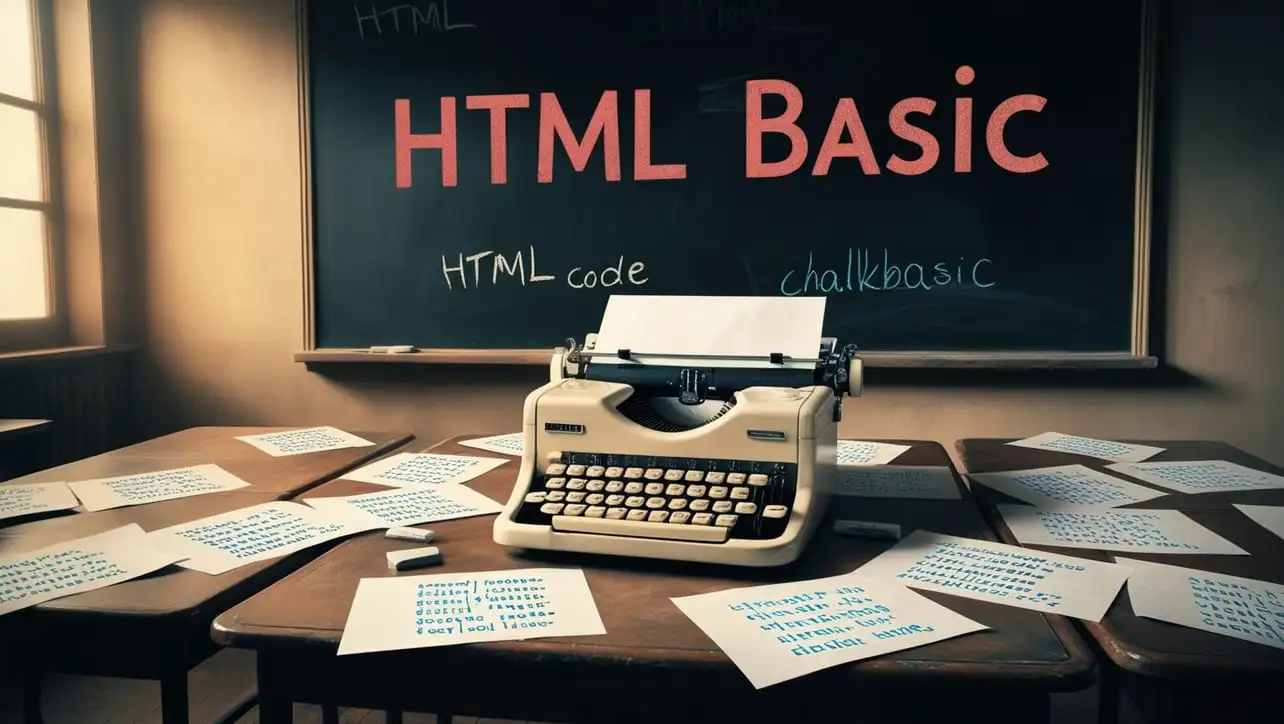
HTML Topics
- HTML Intro
- HTML Basic
- HTML Editors
- HTML CSS
- HTML Tags
- HTML Deprecated Tags
- HTML Events
- HTML Event Attributes
- HTML Global Attributes
- HTML Attributes
- abbr
- accept
- accept-charset
- accesskey
- action
- align
- alt
- archive
- as
- async
- autocapitalize
- autocomplete
- autofocus
- autoplay
- axis
- bgcolor
- border
- cellpadding
- cellspacing
- char
- charoff
- charset
- checked
- cite
- class
- classid
- codebase
- codetype
- color
- cols
- colspan
- compact
- content
- contenteditable
- controls
- coords
- crossorigin
- data
- data-*
- datetime
- declare
- default
- defer
- dir
- dirname
- disabled
- download
- draggable
- enctype
- enterkeyhint
- for
- form
- formaction
- formenctype
- formmethod
- formnovalidate
- formtarget
- frame
- frameborder
- frameset
- headers
- height
- hidden
- high
- href
- hreflang
- hspace
- http-equiv
- id
- inert
- inputmode
- ismap
- kind
- label
- lang
- list
- loop
- low
- max
- maxlength
- media
- method
- min
- multiple
- muted
- name
- novalidate
- onabort
- onafterprint
- onbeforeprint
- onbeforeunload
- onblur
- oncanplay
- oncanplaythrough
- onchange
- onclick
- oncontextmenu
- oncopy
- oncuechange
- oncut
- ondblclick
- ondrag
- ondragend
- ondragenter
- ondragleave
- ondragover
- ondragstart
- ondrop
- ondurationchange
- onemptied
- onended
- onerror
- onfocus
- onhashchange
- oninput
- oninvalid
- onkeydown
- onkeypress
- onkeyup
- onload
- onloadeddata
- onloadedmetadata
- onloadstart
- onmousedown
- onmousemove
- onmouseout
- onmouseover
- onmouseup
- onmousewheel
- onoffline
- ononline
- onpagehide
- onpageshow
- onpaste
- onpause
- onplay
- onplaying
- onpopstate
- onprogress
- onratechange
- onreset
- onresize
- onscroll
- onsearch
- onseeked
- onseeking
- onselect
- onstalled
- onstorage
- onsubmit
- onsuspend
- ontimeupdate
- ontoggle
- onunload
- onvolumechange
- onwaiting
- onwheel
- open
- optimum
- pattern
- placeholder
- popover
- popovertarget
- popovertargetaction
- poster
- preload
- readonly
- rel
- required
- reversed
- rows
- rowspan
- sandbox
- scope
- selected
- shape
- size
- sizes
- span
- spellcheck
- src
- srcdoc
- srclang
- srcset
- start
- step
- style
- tabindex
- target
- title
- translate
- type
- usemap
- value
- width
- wrap
- HTML Comments
- HTML Entity
- HTML Head
- HTML Form
- HTML IndexedDB
- HTML Drag & Drop
- HTML Geolocation
- HTML Canvas
- HTML Status Code
- HTML Language Code
- HTML Country Code
- HTML Charset
- MIME Types
HTML optimum Attribute

Photo Credit to CodeToFun
🙋 Introduction
The optimum attribute is a valuable feature in HTML that is specifically designed for the <meter> element.
It allows developers to set the optimal value for a gauge or meter, providing additional information to users about the preferred or ideal range for a particular measurement.
🎯 Purpose of optimum
The primary purpose of the optimum attribute is to define the optimal or preferred value for a meter.
This information is used by browsers to indicate the ideal range or target value within a scale, helping users better understand the context of the displayed measurement.
💎 Values
The optimum attribute accepts numerical values representing the optimal point on the scale.
This value is typically chosen based on the specific measurement being represented by the <meter> element. For example:
<meter value="70" min="0" max="100" optimum="80">70 out of 100</meter>🧠 How it Works
In this example, the optimum attribute is set to 80, indicating that 80 is the preferred or optimal value within the 0 to 100 range.
📄 Example
Here's a basic example of using the optimum attribute with the <meter> element:
<meter value="60" min="0" max="100" optimum="75">60 out of 100</meter>🧠 How it Works
In this case, the optimum attribute is set to 75, providing a visual cue to users about the optimal value on the meter scale.
🔄 Dynamic Values with JavaScript
You can dynamically set the optimum attribute using JavaScript to adjust the optimal value based on changing conditions or user interactions. Here's a simple illustration:
<script>
// Dynamically set optimum value for a meter
document.getElementById("dynamicMeter").optimum = 90;
</script>
<meter id="dynamicMeter" value="85" min="0" max="100">85 out of 100</meter>🧠 How it Works
In this script, the optimum attribute for the meter with the id dynamicMeter is set to 90, dynamically updating the optimal value.
🏆 Best Practices
- Use the
optimumattribute to provide additional context to users about the preferred or ideal value within a meter scale. - Choose the optimum value thoughtfully based on the nature of the measurement to enhance user understanding.
- Test the visual representation of the <meter> element across different browsers to ensure consistent display.
🎉 Conclusion
The optimum attribute is a useful addition to the <meter> element in HTML, allowing developers to convey optimal values within a measurement scale.
By utilizing this attribute effectively, you can enhance the clarity of information presented to users through meters or gauges.
👨💻 Join our Community:
Author

For over eight years, I worked as a full-stack web developer. Now, I have chosen my profession as a full-time blogger at codetofun.com.
Buy me a coffee to make codetofun.com free for everyone.
Buy me a Coffee












If you have any doubts regarding this article (HTML optimum Attribute), please comment here. I will help you immediately.